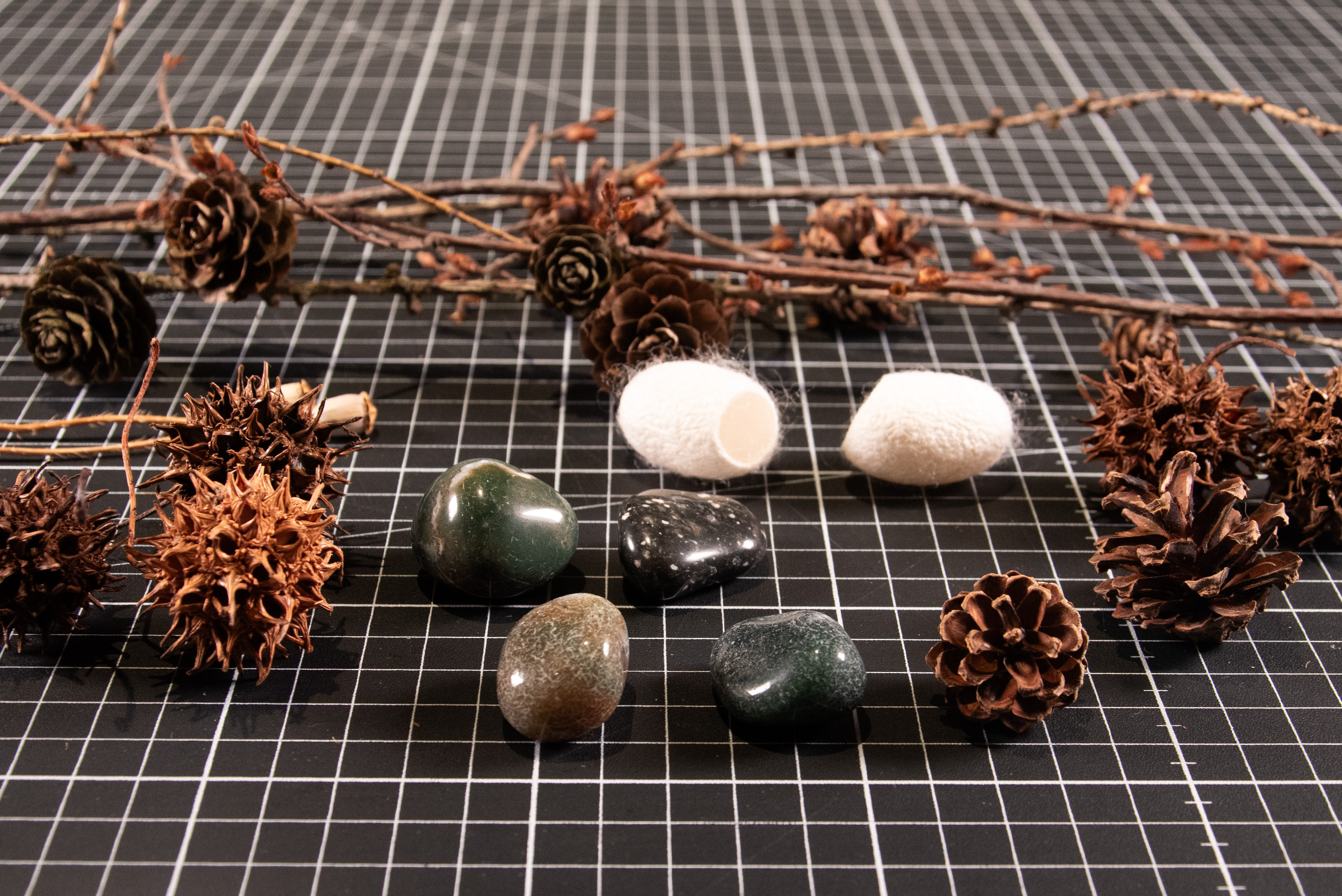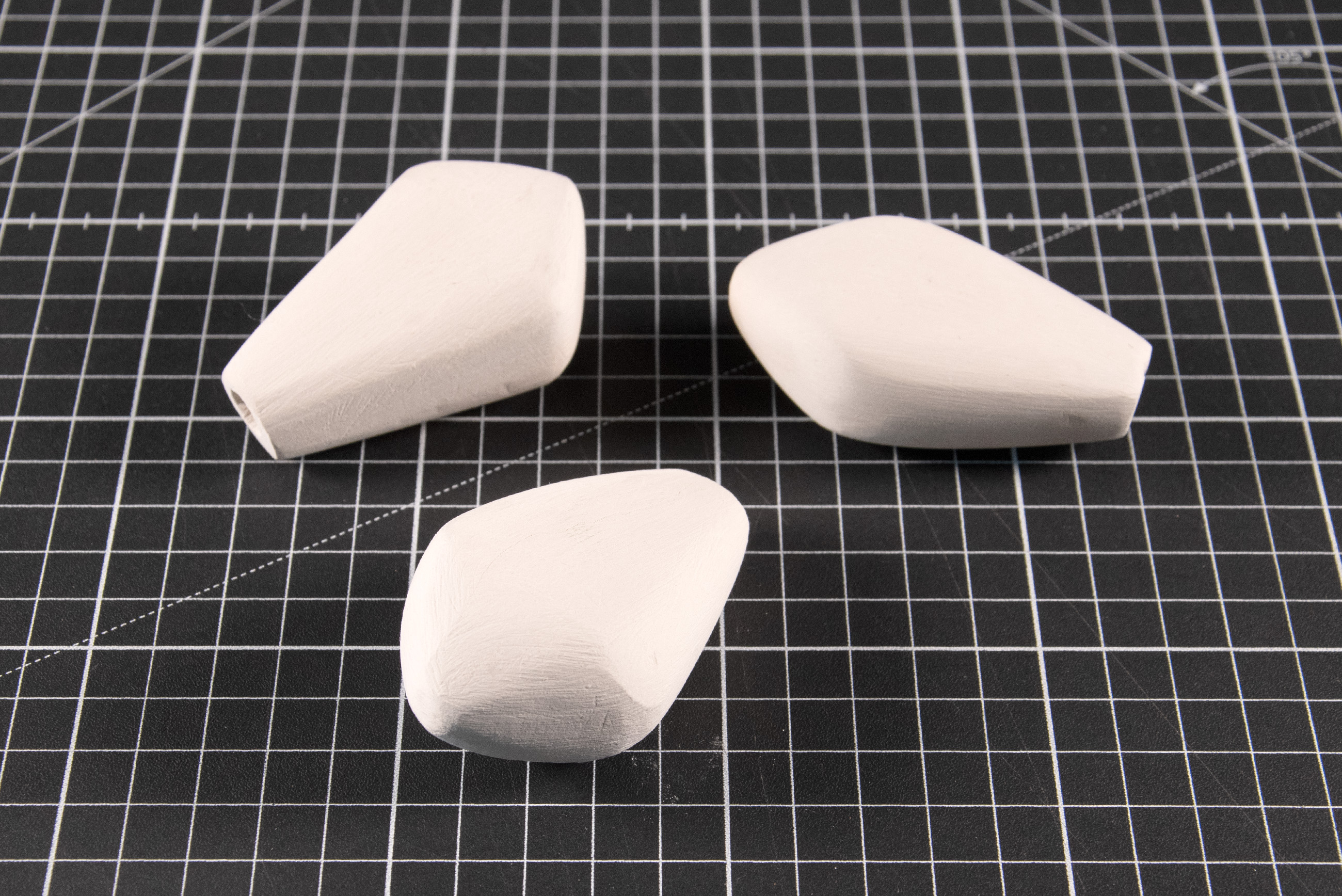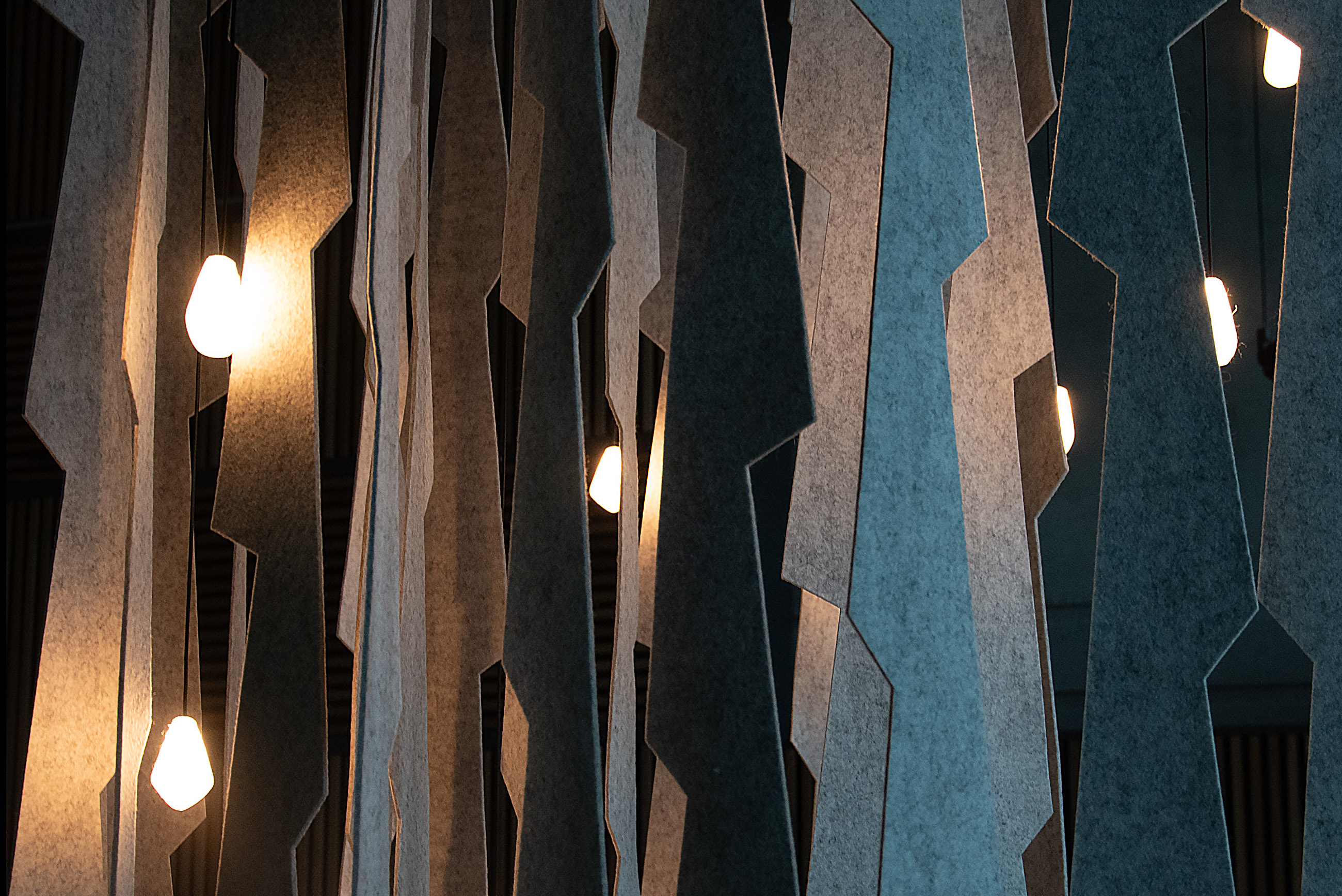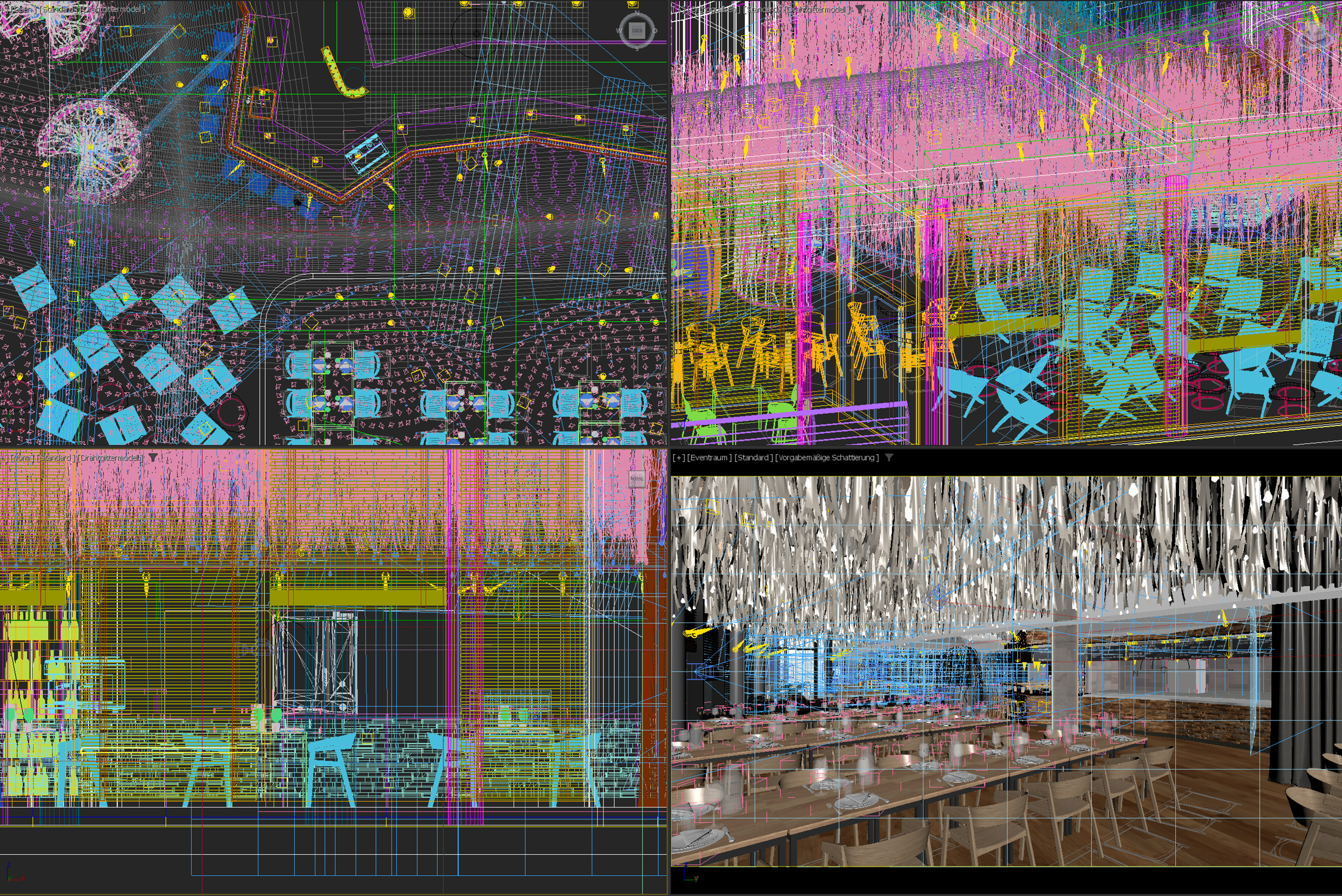


Since 2022, our practice has been based at Versmannstraße 32, Hamburg. We have found it the ideal place to develop our ideas, to experiment with models and prototypes, and to meet with our project partners and clients.
Alongside a number of CAD workspaces and a large table for meetings, there are numerous areas available for sketching and model-building. We believe that we achieve best results when we combine both ways of working – virtual, computer-modelled approaches with analogue, materials-based methods.
At the start of a project, our architectural ideas exist in our minds alone; at this point in the process, planning is virtual in nature. But our plans only really become architecture, when they are realised. So, it is important to us that our planning process works as seamlessly as possible, and dovetails effortlessly with the build phase. This, above all, is the reason we like to work, from the start, with the materials we have selected to be used during a project.
Our large ‘cabinet sculpture’, in which we keep our collection of materials samples, stands in the centre of our practice. These samples are a wonderful resource, which we can consult when designing a project and we need to find the right materials, or which we can refer to when presenting our designs to our clients. Once each project is completed, new materials samples enter our collection, with the result that it has become very rich over the years.
One part of our samples collection is the prototypes we produce for each specific project. We have a dedicated workshop within our practice that allows us to use a range of processes, from classic woodwork to CNC milling, lasers and 3D-printing.
To test out our ideas, we have installed an assembly floor in our full-height office space, from which we can hang full-size ceiling design elements, so that we can get a sense of how they work in the proposed space. In this way, we can simulate our ideas for our clients, and not just show them sketches on paper.
As an example of how we go about producing our prototypes, here is an outline of the development of our ‘Cocoon’ lamp. We designed and manufactured it for our project, ‘An Embassy for Wild Animals’. Two hundred of these lamps were ultimately used in the finalised version of the project.

Initially, there was a rather vague idea. We had an image of small points of light dancing like glowworms at dusk in amongst the felt strips hanging from the ceiling. We did not want the lamps to look like glowworms, however. We had various ideas as a starting point for the form we wanted to develop: riverbed gravel, pine cones or insect cocoons.
The final form came to us during the modelling process and is far more abstract than our initial ideas. We wanted it to be as soft as a cocoon but have a certain angularity about it. The ambiguity of form was intentional. The object itself was intended to be to read in a variety of ways, leaving the viewer the freedom to interpret it. However, we liked the name ‘Cocoon Lamp’ so we retained it.

One only has to look at the prototype to see its tactility. This haptic quality intensified as it was sanded, with any small imprecisions disappearing in the process. By the end of the developmental process, we had a number of prototypes, and we selected the most beautiful.
The idea was for the Cocoon Lamp to be printed in a translucent filament. We also wanted to integrate it into our 3D draft renderings. So we had to digitise the form.
Using a turntable and specialised software, we made a 3D computerised model from a combination of photos and laser scans. After importing it into the modelling software, we turned the solid form into a hollow object.
The hollow form, open to the top, was turned on its head and 3D printed. Since it had a gradually flaring form, there was no need to add any additional supporting structures to it as it was printed. We also printed a separate small lid with a hole in it.
Using a 3D-printer to manufacture the lamp mirrored the process by which a pupa spins a cocoon for itself. When one looks closely at the printed cocoon, one can make out the fibrous layers of filament.
The Cocoon Lamp is illuminated using a small LED strip to the interior. For every 10 cocoon lamps, there is one power supply unit with a wireless lighting control unit set within a 3D-printed distributor. This is attached to the mounting from which the felt elements are also suspended. In this way, the two hundred lamps could easily be distributed around the room.

We had already hung a prototypical ceiling element made of felt from the assembly floor in our offices. We then installed a distributor with its 10 attached cocoon lamps into it, so that we could check whether everything could be properly attached – and, of course, so that we could see whether the whole thing looked the way we envisaged.

To get an overall impression of the effect created by the 5,500 felt strips and 200 cocoon lamps, we incorporated all the designed elements into our 3D-model of the room and rendered them. Finally, for the first time, we could see the room as it would be once realised.